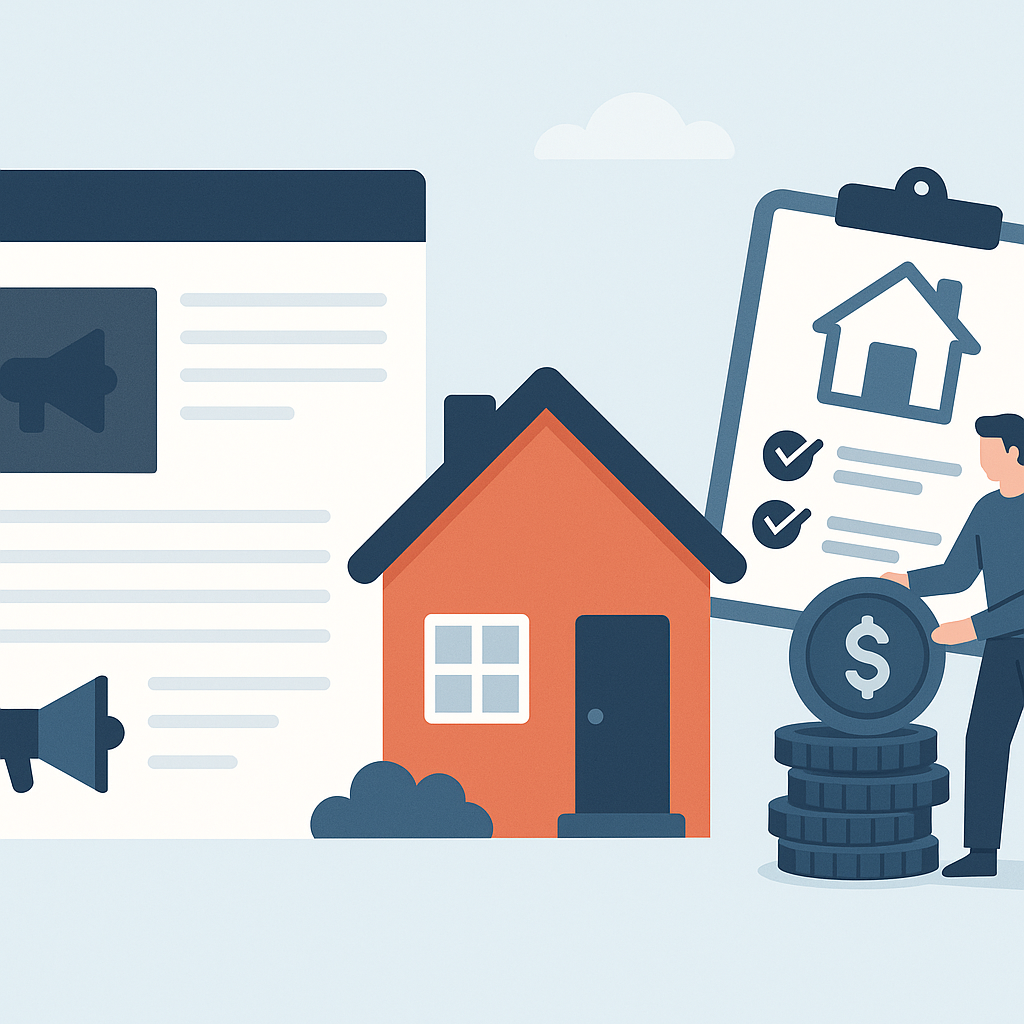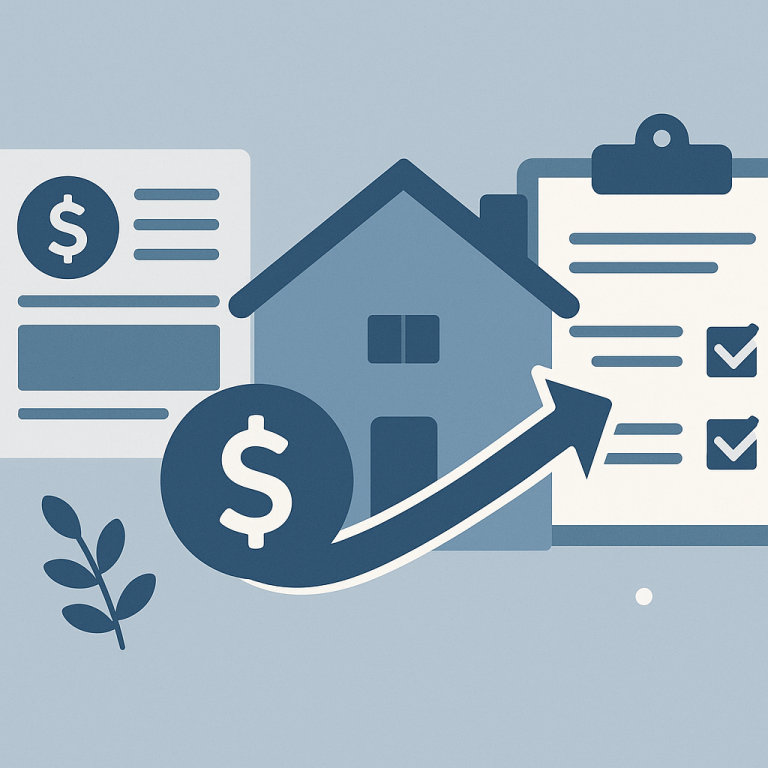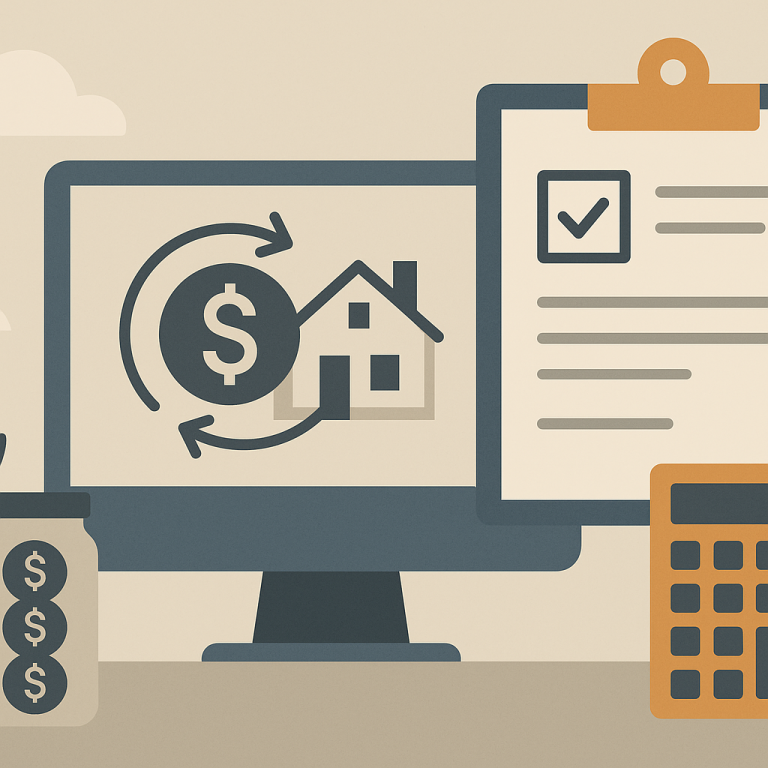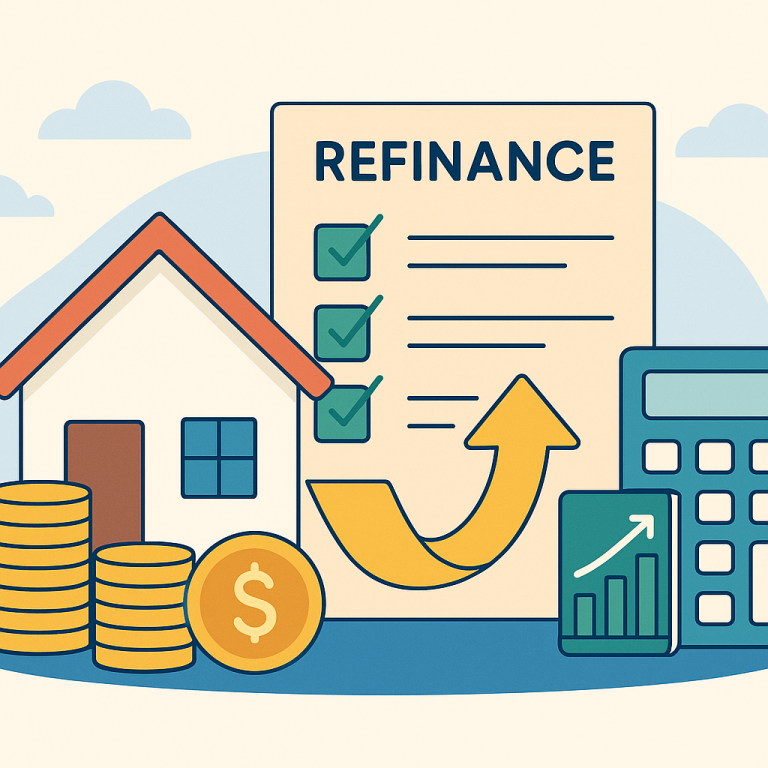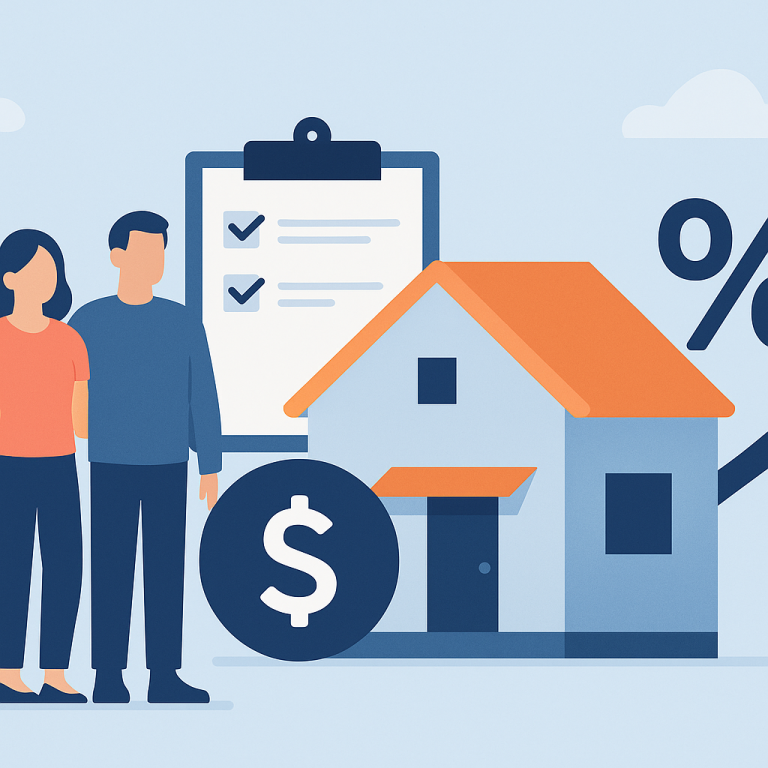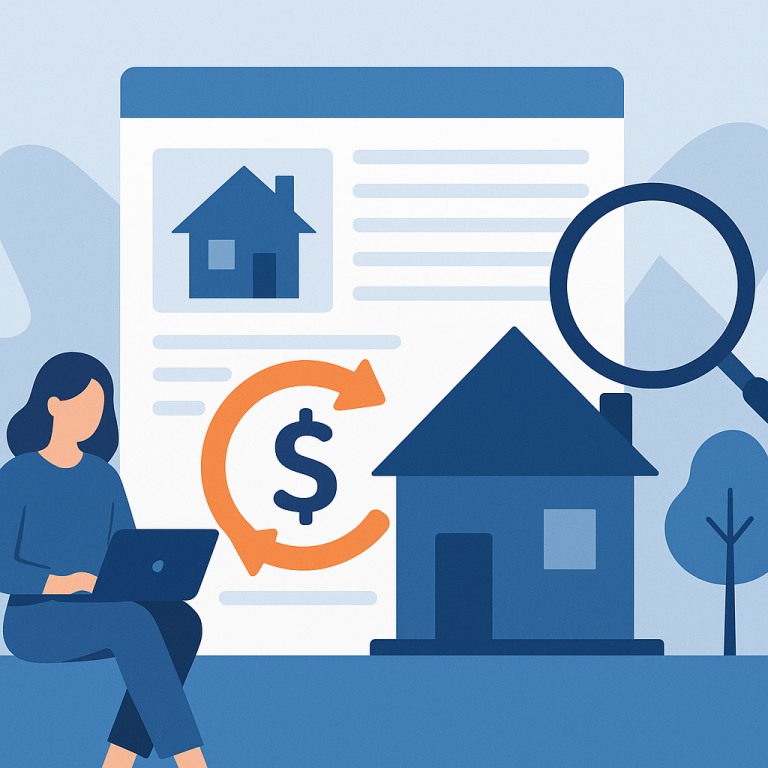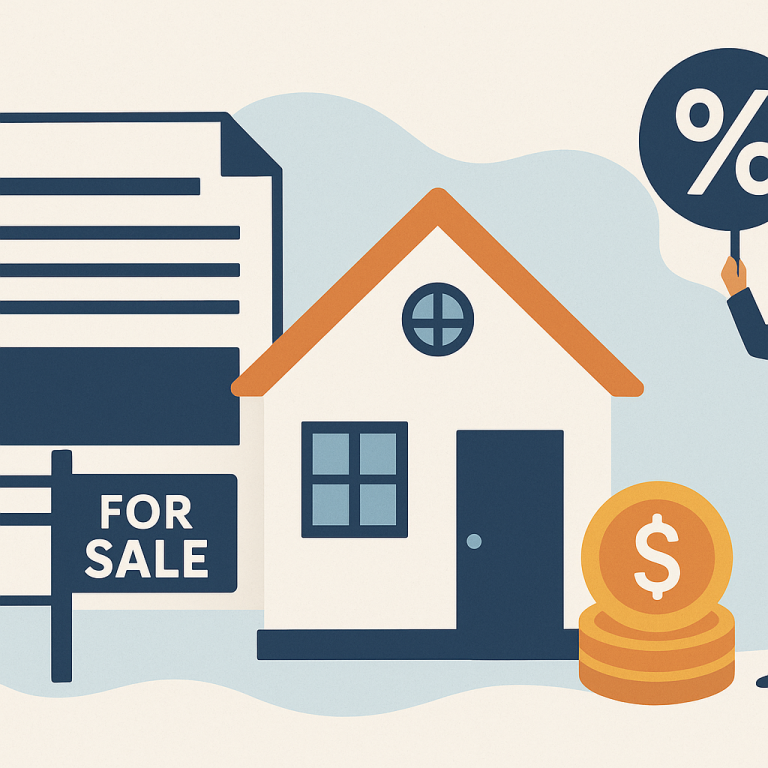MBA: Mortgage Refinance Applications Rise 9% As 30-Year Rates Fall
At a glance: The latest mortgage rate drop and how it could affect refinancing decisions.
Mortgage rates have moved lower. That can improve affordability and may reopen refinance options for borrowers whose current rate is above today’s quotes.
What the Rate Drop Means for Borrowers
Mortgage refinancing activity is increasingly driven by personalized cost-benefit assessments rather than headline rate moves. After a period of volatility that prompted many homeowners to pause refinancing, rates have steadied and lenders are offering a variety of products. That environment makes individual economics — how long a homeowner expects to keep the property and the total upfront and recurring costs — the decisive factor in whether refinancing makes sense.
Where headline interest rates once dominated conversations, closing costs, loan term differences and borrower-specific variables now play the leading role. A modest reduction in the nominal interest rate can be offset by fees and points, particularly for borrowers who do not plan to remain in their homes for an extended period. Likewise, switching to a shorter-term mortgage may increase monthly payments even as it reduces lifetime interest, creating a trade-off that depends on household finances and objectives.
Lenders have expanded products to accommodate different priorities: rate-and-term refinances for lowering the interest burden, cash-out refinances for liquidity needs, and term-conversion refinances for borrowers seeking to accelerate payoff. Some lenders also promote “no-cost” or lender-credit options that shift the charges into slightly higher rates; these can be attractive for homeowners with shorter horizons but require careful comparison of the long-run costs.
Other practical considerations affect the refinancing calculus. Equity position and credit quality influence eligibility and pricing, and required appraisals or underwriting timelines can extend the process. Tax implications for interest deductions and the use of cash proceeds should be evaluated with a professional advisor, as those outcomes vary by situation and jurisdiction.
Homeowner takeaways
- Calculate your break-even: estimate total refinancing costs and divide by the monthly savings to determine how long it will take to recover fees. Only refinance if you expect to stay at least that long, or if non-rate objectives justify the expense.
- Compare APR and not just the nominal rate: APR incorporates fees and can reveal the true cost difference between offers.
- Weigh term changes carefully: shortening the loan term lowers total interest but raises monthly payments; lengthening lowers payments but increases lifetime interest.
- Consider alternative options: lender credits, rate buydowns, or loan recasts (where available) can sometimes meet goals with lower upfront cost than a full refinance.
- Shop multiple lenders and get written loan estimates: small rate or fee differences can materially change the break-even calculation.
- Factor in non-financial goals: cash-out needs, desire to remove a co-borrower, or to switch loan type (e.g., fixed to adjustable or vice versa) can justify refinancing even when pure savings are marginal.
For many homeowners the decision is less about beating a published rate and more about aligning mortgage structure with personal plans. When rates are neither plunging nor soaring, the emphasis naturally shifts to how long a homeowner will occupy the property, tolerance for higher monthly payments, and the need for liquidity.
Refinancing remains a useful tool but it is not universally beneficial. A systematic approach — collecting multiple estimates, modeling scenarios that include upfront costs and long-term cash flows, and matching the loan choice to individual goals — will produce better outcomes than reacting solely to daily rate headlines.
META: refinancing, break-even, closing costs, mortgage term, rate comparison, homeowner guidance

